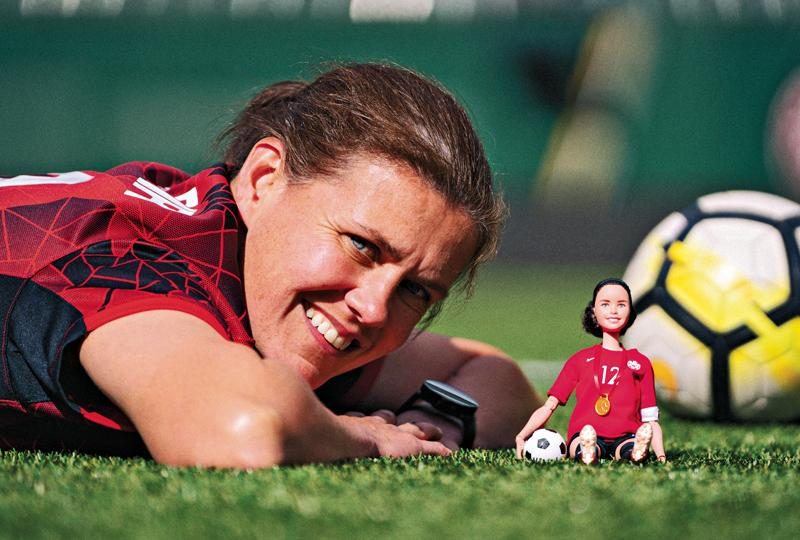
The Wheel of Success
Ahhhh, January, the month that holds within it the promise for new beginnings. Just like the skier at the top of a hill who stops to ponder the best path to take, our kids also benefit from periodic reflection – a chance to assess their actions and make changes as required. While there are many ways, one quick method I teach uses a tool I call, The Wheel of Success. It’s fast, simple and can quickly be used by students right into their adult years. Here’s how it works
Draw the pie
Have your children draw a large circle on a piece of paper – taking up most of the space on the page. Next, have them divide it into pie-shaped pieces by drawing lines down the middle (horizontally, vertically and diagonally). I have students divide the circle into eight equal pieces, but don’t feel constrained by this number. Feel free to change the number as required.
Label the pieces
Now it is time to label the pieces, with each piece representing a different facet of your children’s whole life, school year, or whatever it is you wish to evaluate. Here are some possible labels:
Evaluating whole life: school, friends, family, sports, hobbies, health/fitness, etc.
Evaluating school life: friends, teachers, clubs, sports, marks, participation, behaviour, organization, etc.
Evaluating a subject (eg. Math): adding, subtracting, multiplication, fractions, mental math, word problems, graphing, etc.
Rate each piece
Next, it is time to have your children assess their level of satisfaction or happiness for each segment, assigning each a score from one to 10. Record the score: with the centre of the circle representing 0, and the outer rim a 10, draw a line across each segment at the appropriate level (e.g. five out of 10 would be halfway up).
What do you notice?
Finally join up all of these new lines to create the new outer rim of your success wheel. How smooth and/or balanced is it? If most areas share close ratings (e.g. 7s or 8s), then they likely are experiencing a relatively “smooth ride.” If, however, some areas are significantly higher or lower than others – forming an unbalanced wheel – then they may have noticed things have been a little “bumpy.”
Celebrate areas with higher marks, and get curious about segments with lower marks. “What would it take to turn that six into a seven?” What support do your children need? Are they motivated and/or desire change? Create and record some S.M.A.R.T. (Specific, Measurable, Achievable, Relevant, Time sensitive) goals on the back and get into action.
By the way, when your children finish their wheel, invite them to save it. It’s always fun to bring it out the following month and re-examine after they complete another wheel. It is a simple way to track progress and to determine what strategies seem to be producing the best results.





